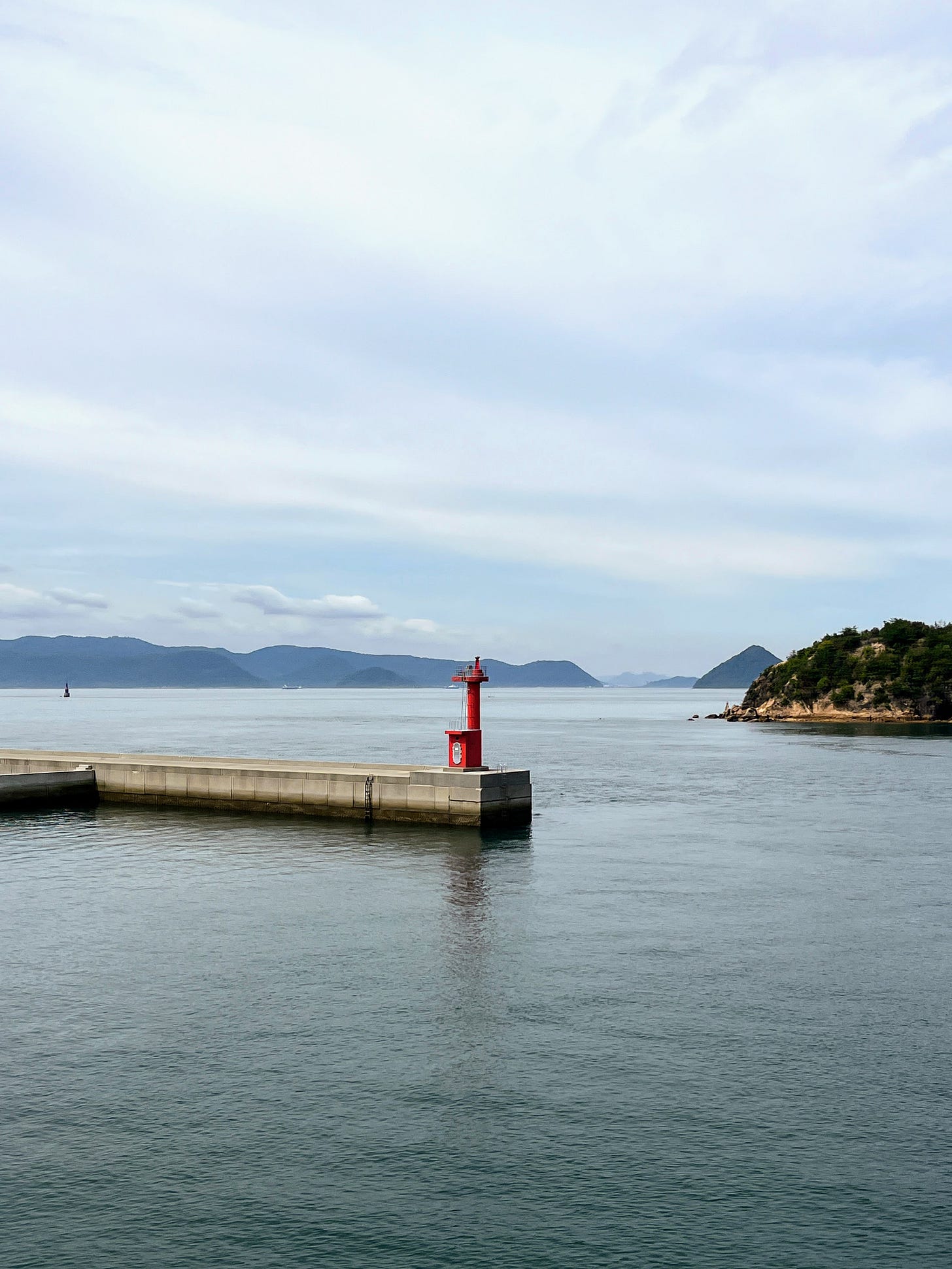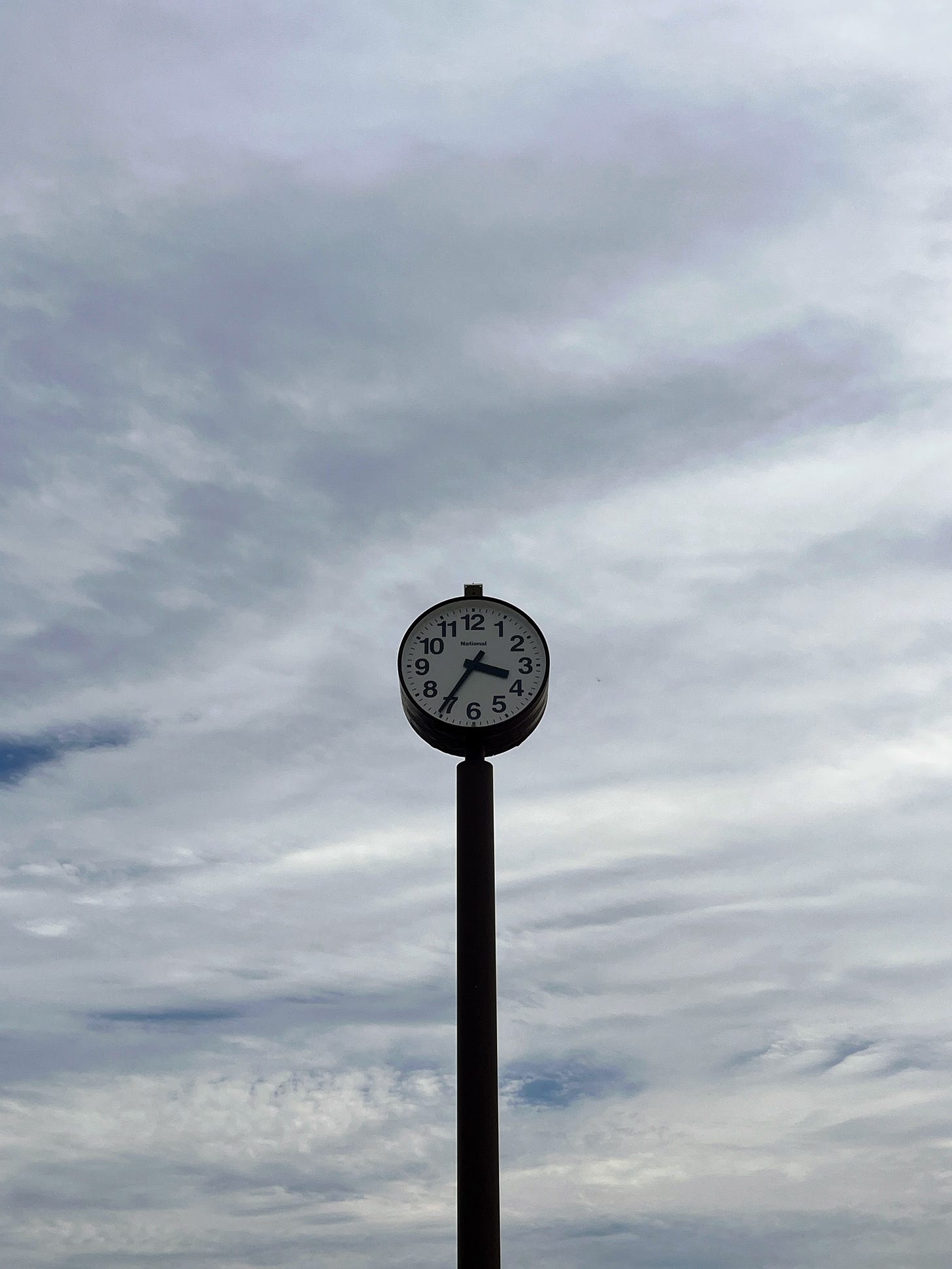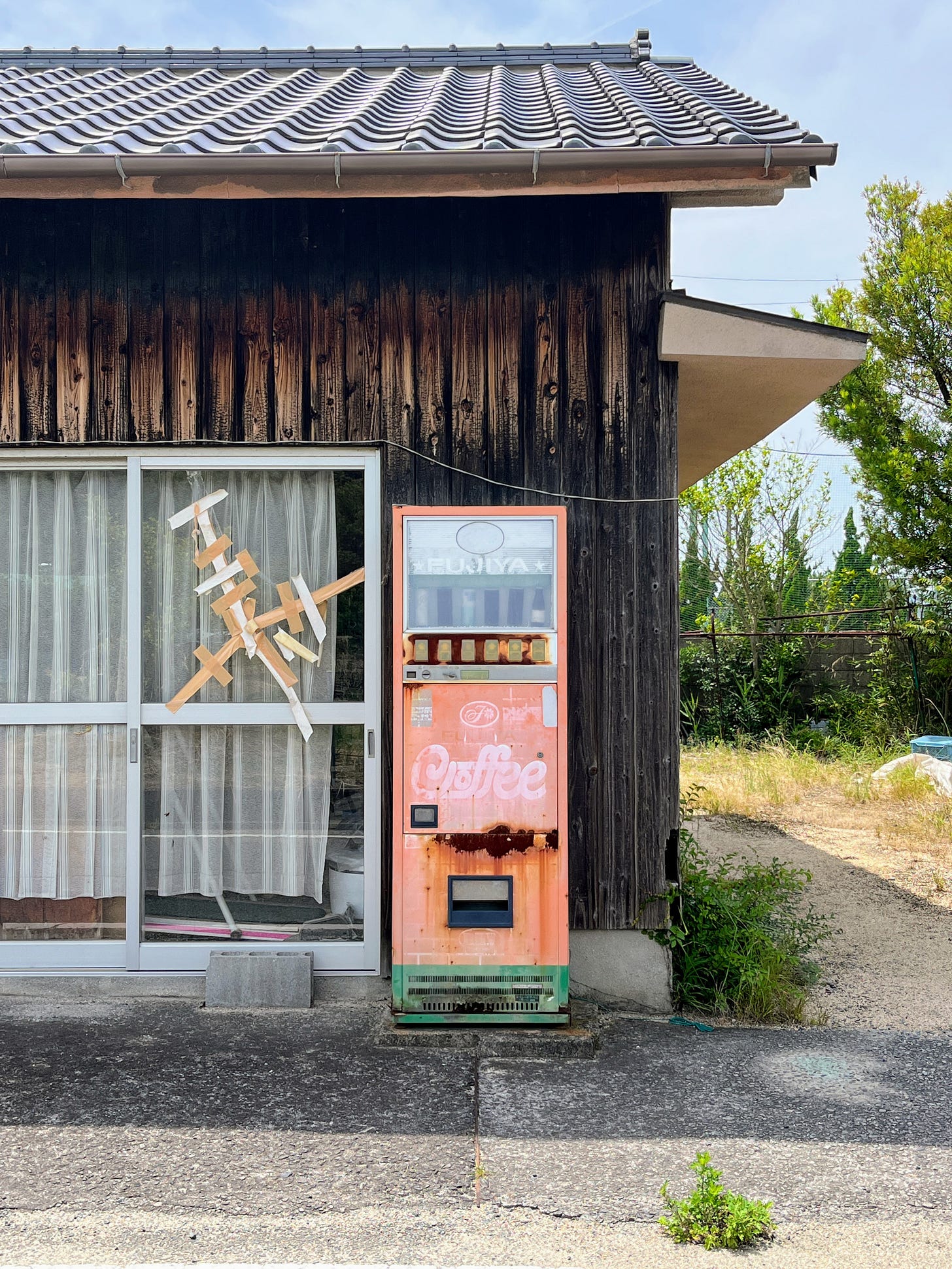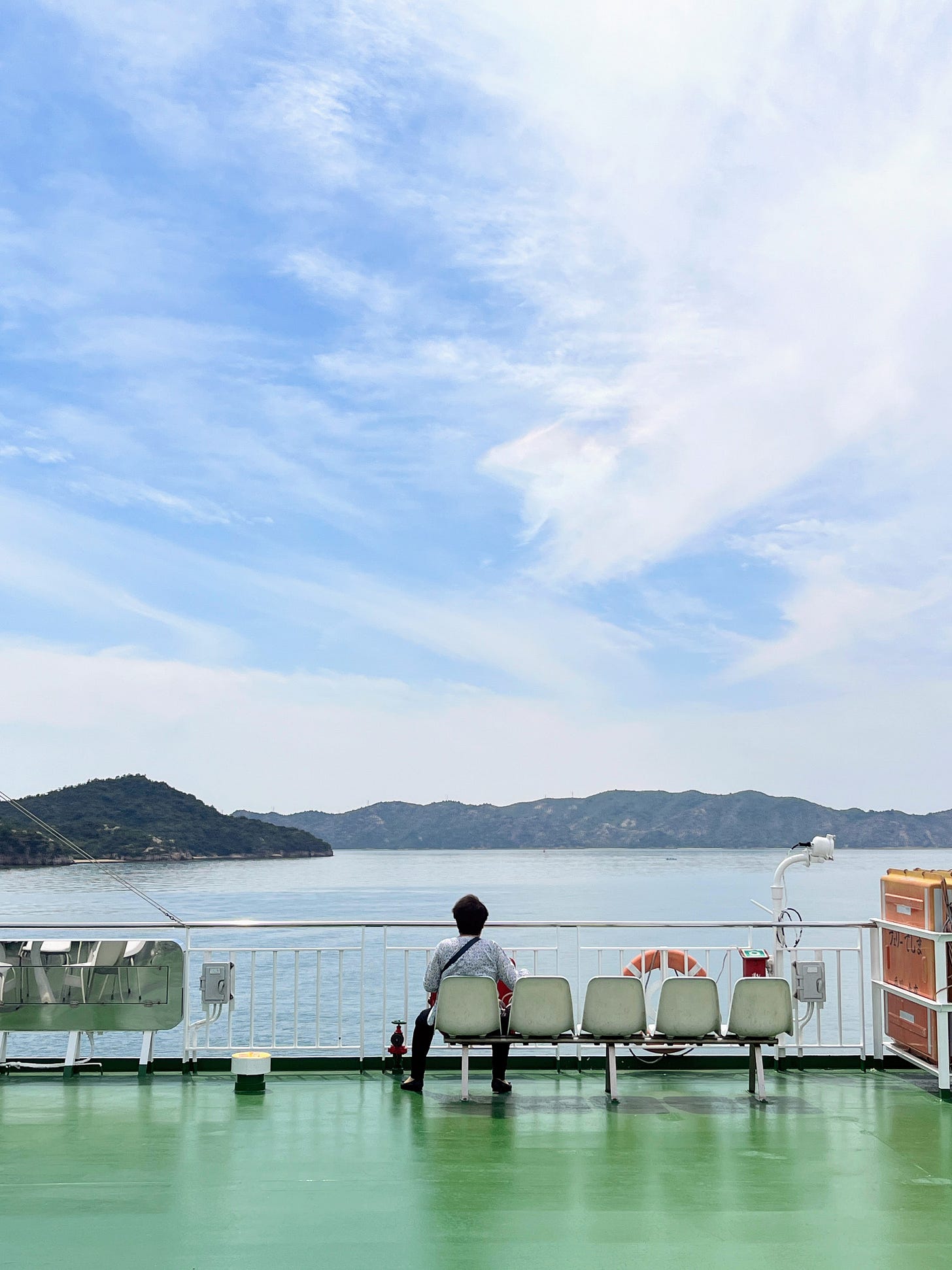Definitely art / definitely not art
Learning to see things
There are wonderful works of art.
Our goal is to create opportunities for people to see, rather than a conventional exhibition that asks, "Can you see the beauty of this?".
Art is not the main focus. The island and the people who live there are the main focus, and art is something that brings out the charm of the island.
It's not just about looking at art, it's about what you can see through art.Benesse Art site official website
I just spent two days exploring the Benesse Art site. It made me ask a lot of questions on art, photography, and the intersection of the two.
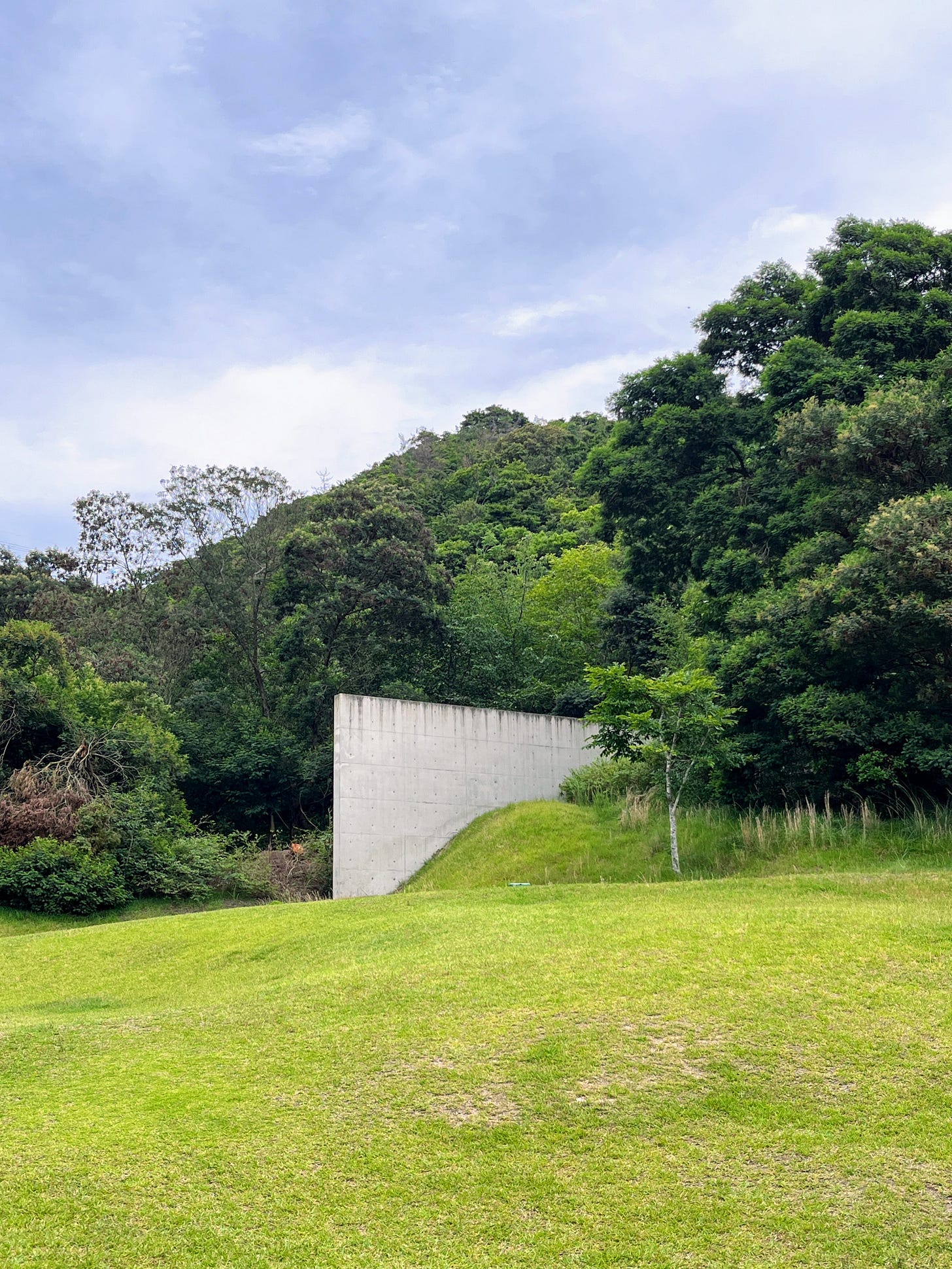
This art site is basically made of multiple islands, where you will find many museums and diverse art installations all along the way. The two main islands (Naoshima and Teshima) are where you’ll find the two most famous museums of the area.
The artworks are probably some of the most interesting I’ve ever seen, but they’re only half of the reason why this location is so special.
There’s quite a lot of locations where photography isn’t allowed, and the signs and the staff will make it very clear to you. In this context, they are basically forcing you to experience and look at very specific things with your own eyes, instead of looking at things through a screen or a viewfinder. They are telling you what is art (you must not take pictures of it, and experience it instead), and by extension, what isn’t really defended, or protected (we’re ok with you taking pictures of it).

You can walk or use the many buses to move around the islands, but I’d recommend renting a bike in order to take your time and stop whenever you feel like it. If you pay attention, there’s a lot of things to see in between the different museum and art installations.
Things like this clock, that is not marked as an artwork on any of the official documentation. Or like this rusty coffee machine, on the side of the road.
When you think about it, the act of taking pictures of artworks is a little weird. I get that most people only want to keep a picture as a souvenir, but in most cases, you never really capture the essence or the aura of the artwork. In this sense, every picture of every artwork ever taken is a failed picture. Walter Benjamin said it much better than I ever will:
[…] even the most perfect reproduction of a work of art is lacking in one element: Its presence in time and space, its unique existence at the place where it happens to be.'[…]
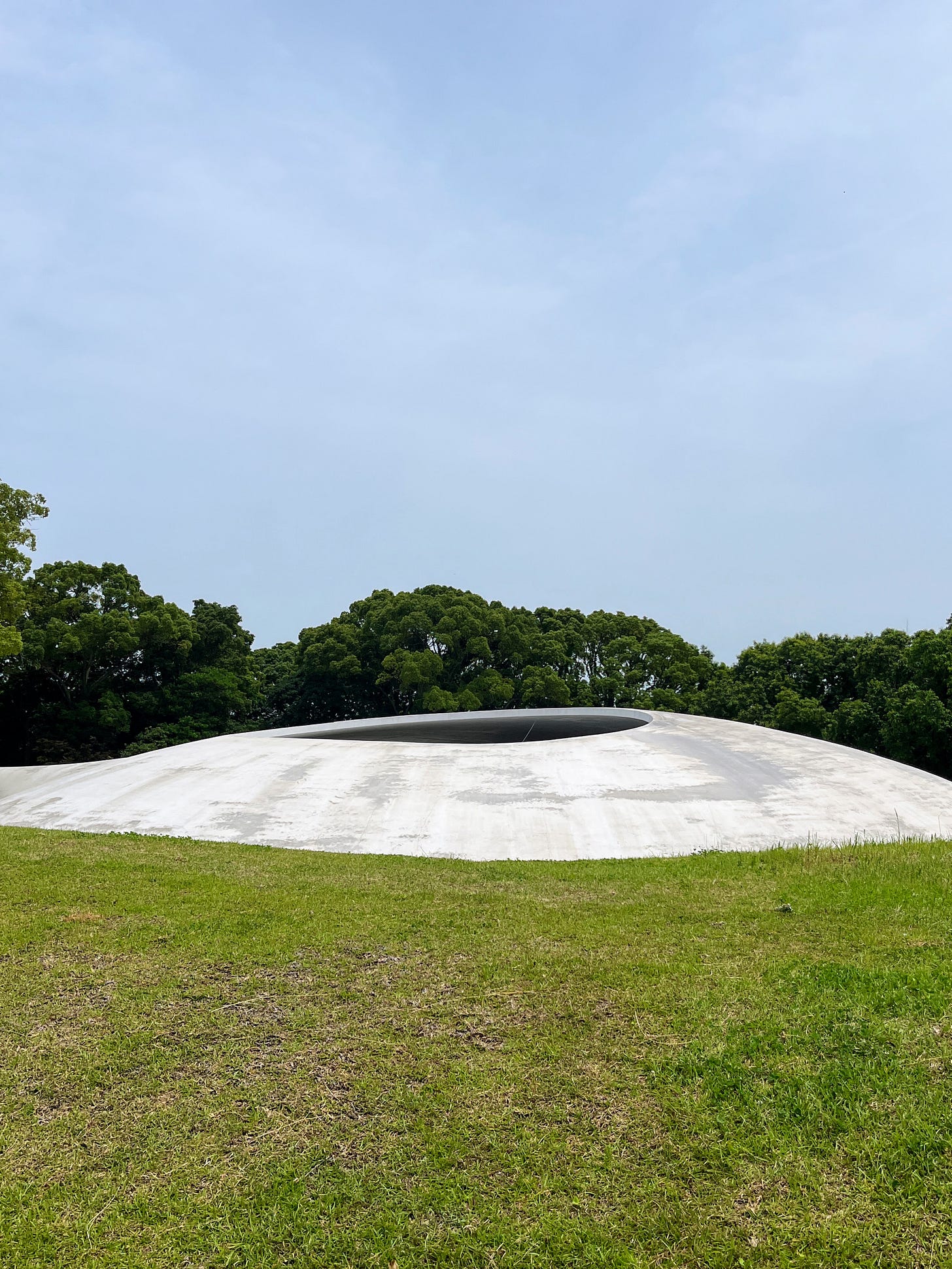
None of the pictures of the artworks I took during these two days are good ones, and I much prefer the pictures of all the other things I was able to see during the day.
The simple challenge these islands offer is that you should try your best to look beyond the artworks. I’ve been to many museums where they tried to communicate this idea, but I’ve never been to a place that says it so clearly.
The site isn’t very easy to get to (the closest Shinkansen station is Okayama, which is two local trains and a ferry away), but I’d say it’s worth the effort and the time. You could potentially explore the two islands on the same day, if you plan your day carefully.
It’s an easy recommendation from me, if you like contemporary art.
And it’s an even easier recommendation if you just want to learn to see things.
Info:


